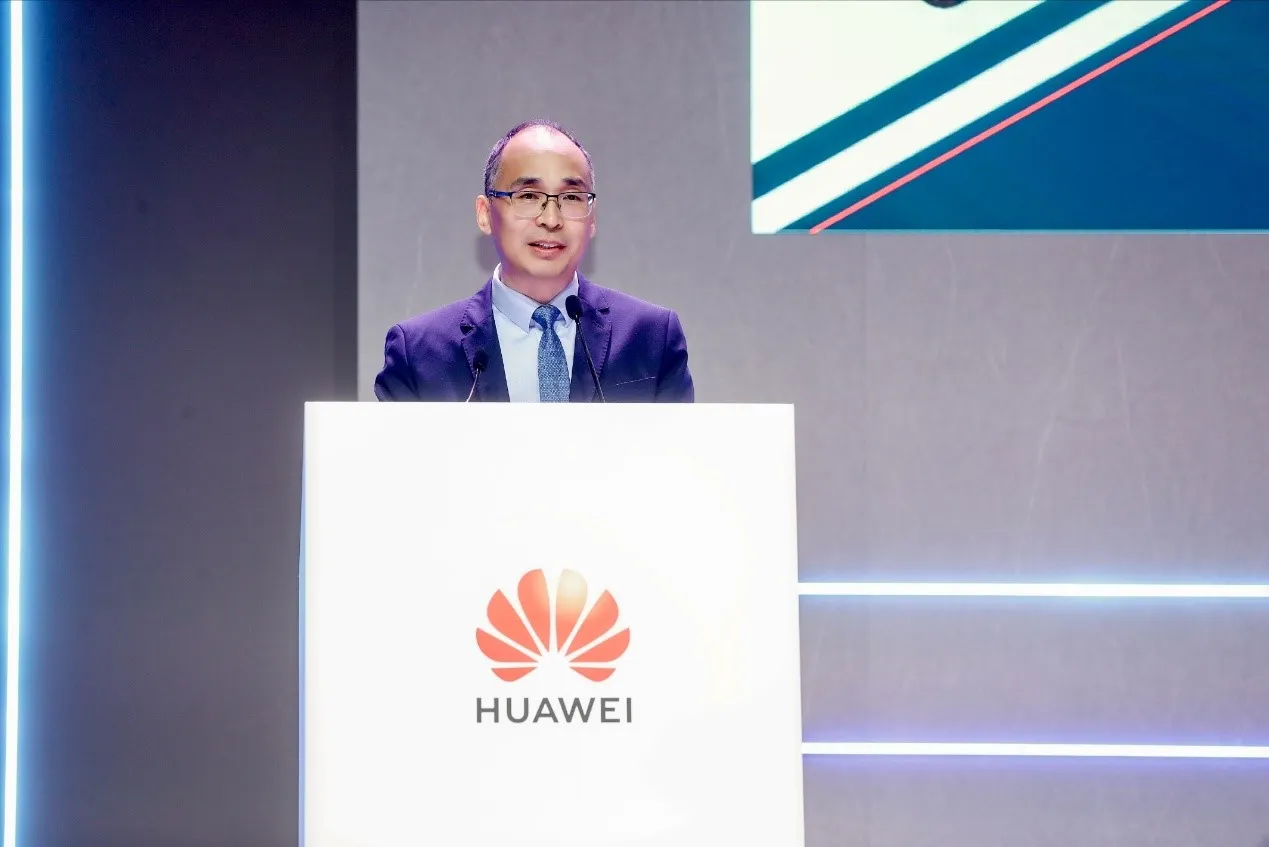
ViaPlus has been selected by Harris County Toll Road Authority in Texas to provide image review services on the free-flow highways in and around Houston.
The 19-month base contract includes four one-year extension options and will start after an implementation period of seven to nine months for software configuration, staffing and services.
Harris County Toll Road Authority’s free-flow system includes the taking of licence plate images for toll invoicing. Through the contract, ViaPlus will provide automatic and manual processing of these images.
Overall, ViaPlus will optimise the image review process with its optical character recognition software and machine learning algorithms and will manually review any outstanding post-processed transactions. Together these modules deliver the highest efficacy for revenue capture in a video tolling system and will contribute to the smooth operation of the authority’s free-flow electronic tolling operations.
With this new contract, ViaPlus strengthens its position in Texas, noted Richard Arce, chief executive of ViaPlus, part of Vinci Highways. The contract adds to its portfolio of free-flow services in Dallas, Austin, Rancho Viejo and Pharr. Total ViaPlus transactions in the state exceeded 1.35 billion in 2023.
“We are eager to continue scaling our operations in Texas with our full range of mobility solutions,” he said “Texas is a leader in modern and large-scale highway networks and supporting the authority’s video toll programme demonstrates the strategic initiatives of ViaPlus and Vinci Highways to grow mobility operations in and around the state.”
ViaPlus specialises in revenue and services management solutions. Its customer operations, data analytics and full-featured, single-account back-office technology help manage high-volume transactions required for seamless multimodal mobility.
Vinci Highways, a Vinci Concessions subsidiary, designs, finances, builds and operates highways, bridges, tunnels, urban roads and mobility services along 3,140km in 14 countries.









